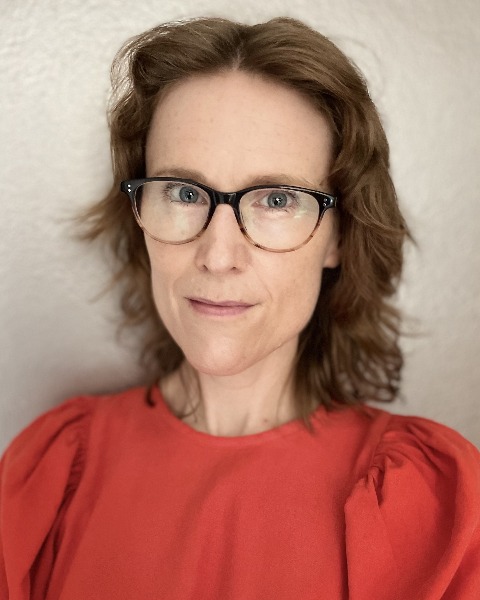Community engagement
Genetic counseling
Perinatal and public health genetic screening
Paper Session E3
Reimagining reproductive autonomy in light of expanded genomic testing
Tuesday, June 11, 2024
1:30 PM – 3:00 PM ET
Location: Hub 2

Ainsley J. Newson, PhD (she/her/hers)
Professor of Bioethics
The University of Sydney (Australia)
The University of Sydney, New South Wales, Australia
Speaker(s)
Genomic testing is rapidly expanding in reproduction, with more tests offered to more people for more indications. A long-held tenet of reproductive care has been promoting reproductive autonomy, namely a person’s ability to reflect critically on their values, desires and preferences when making choices before and during pregnancy. Expanded testing is being offered in the name of reproductive autonomy, yet the dominant approaches to this concept are deficient in several ways: they tend to emphasize expanding choice and information, they assume autonomy is enabled via information transfer and they adopt an individualistic framing of autonomy, with less attention to relationships and structural influences.
This paper will synthesize findings from a three-year, three-part theoretical and empirical bioethics project that aimed to develop a better model of reproductive autonomy, fit for the genomic age. First, a robust theoretical account of reproductive autonomy will be proposed, one which can enable truly autonomous utilization of prenatal genomic testing. Second, findings from 25 interviews with health professionals regarding reproductive autonomy reveal that genomic information has a grater salience in reproductive care than other forms of knowledge. show how they value genomic information in reproduction has taken on a specific salience, making it hard to resist. Third, findings from four deliberative public workshops will describe what parents say they need to exercise reproductive autonomy. Findings will enable a reimagining of reproductive autonomy to both resist the unreflective pursuit of genomic information in reproduction and facilitate beneficial use of genomics in this vital domain of human flourishing.
Authors: Ainsley Newson, The University of Sydney; Kerryn Drysdale, The University of New South Wales; Jan Hodgson, The University of Melbourne; Isabella Holmes, The University of Sydney; Kathryn MacKay, The University of Sydney; Rosalind McDougall, The University of Melbourne; Leila Thy Kint, The University of Sydney; Kitty-Jean Laginha, The University of Sydney; Jackie Leach Scully, The University of New South Wales; Brenda Wilson, Memorial University of Newfoundland
This paper will synthesize findings from a three-year, three-part theoretical and empirical bioethics project that aimed to develop a better model of reproductive autonomy, fit for the genomic age. First, a robust theoretical account of reproductive autonomy will be proposed, one which can enable truly autonomous utilization of prenatal genomic testing. Second, findings from 25 interviews with health professionals regarding reproductive autonomy reveal that genomic information has a grater salience in reproductive care than other forms of knowledge. show how they value genomic information in reproduction has taken on a specific salience, making it hard to resist. Third, findings from four deliberative public workshops will describe what parents say they need to exercise reproductive autonomy. Findings will enable a reimagining of reproductive autonomy to both resist the unreflective pursuit of genomic information in reproduction and facilitate beneficial use of genomics in this vital domain of human flourishing.
Authors: Ainsley Newson, The University of Sydney; Kerryn Drysdale, The University of New South Wales; Jan Hodgson, The University of Melbourne; Isabella Holmes, The University of Sydney; Kathryn MacKay, The University of Sydney; Rosalind McDougall, The University of Melbourne; Leila Thy Kint, The University of Sydney; Kitty-Jean Laginha, The University of Sydney; Jackie Leach Scully, The University of New South Wales; Brenda Wilson, Memorial University of Newfoundland